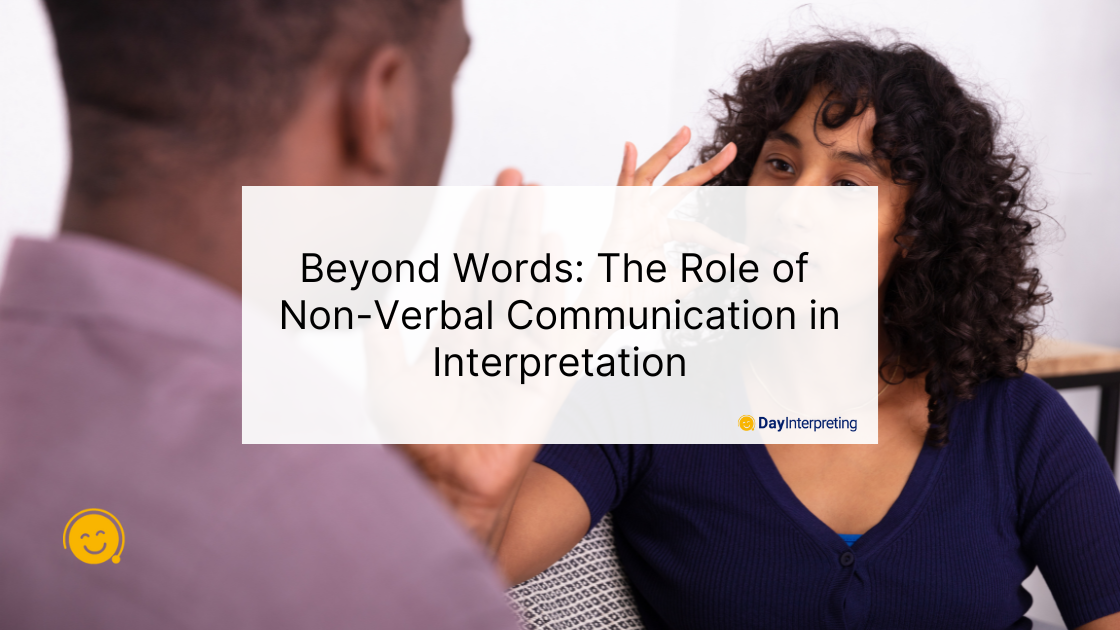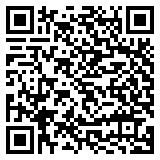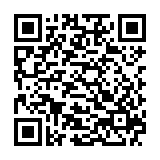In a world where languages abound and cultural diversity thrives, interpreters serve as vital bridges between different linguistic and cultural spheres. While the primary focus of interpretation may seem to be the accurate transfer of words from one language to another, the significance of non-verbal communication in interpretation cannot be underestimated. Non-verbal cues play a pivotal role in interpretation, shaping not only the accuracy of the message but also the emotional context and cultural nuances that surround it. In this article, we will delve into the multifaceted world of non-verbal communication in interpretation, exploring its significance, the challenges it poses, and how skilled interpreters effectively navigate this complex terrain.
The Significance of Non-Verbal Communication in Interpretation
Unspoken Cultural Codes
Non-verbal communication is deeply intertwined with culture. Every culture has its unique set of gestures, facial expressions, body language, and intonation patterns that convey messages beyond words. Interpreters must be attuned to these cultural codes to accurately convey the intended meaning of a speaker. For instance, a nod in some cultures signifies agreement, while in others, it may indicate understanding or acknowledgment without necessarily implying agreement. Failure to recognize and interpret these cultural nuances can lead to misunderstandings and miscommunications.
Emotional Context
Non-verbal cues often carry the emotional context of a message. A speaker’s tone of voice, facial expressions, and body posture can convey a range of emotions, from joy and enthusiasm to anger and frustration. An interpreter must not only translate words but also effectively convey the speaker’s emotional tone. This is particularly crucial in sensitive contexts like medical or legal interpretation, where the emotional state of the speaker can significantly impact the interpretation’s accuracy and effectiveness.
Filling in Gaps
In many cases, speakers may leave gaps in their verbal communication, expecting the listener to understand from their non-verbal cues. Interpreters, therefore, must be skilled in picking up on these cues and filling in the missing information. For example, a speaker might say, “I’m fine,” with a downcast gaze and a sigh, indicating that they are not fine at all. An astute interpreter would convey this underlying sentiment accurately.
Challenges in Handling Non-Verbal Cues
Ambiguity
Non-verbal cues can be highly ambiguous. A single gesture or expression can have multiple interpretations depending on the context. Interpreters often face the challenge of deciphering these cues correctly and conveying them in a way that preserves their ambiguity. This requires a deep understanding of the speaker’s cultural background and the ability to make nuanced judgments.
Divergent Cultural Norms
Cultural norms regarding non-verbal communication can vary widely, even among speakers of the same language. For instance, the personal space people require during a conversation, the appropriateness of direct eye contact, or the significance of certain gestures can all differ significantly across cultures. Interpreters must navigate these variations to ensure effective communication.
Managing Cognitive Load
Interpreters already face the cognitive load of processing and translating spoken language in real-time. Adding the task of decoding and interpreting non-verbal cues further intensifies this cognitive burden. Skilled interpreters must find a balance between processing verbal and non-verbal information efficiently.
Examples of Effective Handling of Non-Verbal Cues by Interpreters
Medical Interpretation
In a medical setting, interpreting non-verbal cues is crucial for ensuring patient care. A skilled interpreter can notice signs of pain, discomfort, or confusion in a patient’s body language or facial expressions, even when the patient struggles to articulate their condition verbally. The interpreter can then convey these non-verbal cues to the healthcare provider, enabling them to provide better care.
Legal Interpretation
In a legal context, the emotional state of a witness or defendant can greatly affect their testimony. An interpreter who can accurately convey the emotional tone of a statement through non-verbal cues helps the court understand the speaker’s intent and credibility. This is particularly significant in cases involving vulnerable individuals or sensitive subjects.
Business Negotiations
International business negotiations often involve interpreters who must navigate cultural differences and non-verbal cues. Interpreters who understand the subtleties of gestures, facial expressions, and body language can help negotiators build rapport, understand the unspoken intentions of their counterparts, and facilitate successful deals.
Final Thoughts on The Importance of Non-Verbal Communication in Interpretation
Non-verbal communication is not just a complementary aspect of interpretation; it is an integral part of the process. Interpreters who excel in interpreting non-verbal cues bridge linguistic and cultural gaps effectively, ensuring that the message’s emotional context, cultural nuances, and unspoken messages are accurately conveyed. To be truly proficient in interpretation, one must recognize the significance of non-verbal cues and master the art of conveying them, thus transcending the confines of words and facilitating genuine cross-cultural understanding. In a world where communication extends beyond language, interpreters who grasp the language of non-verbal cues truly go beyond words.





0 Comments